Deck & Commander Strategies
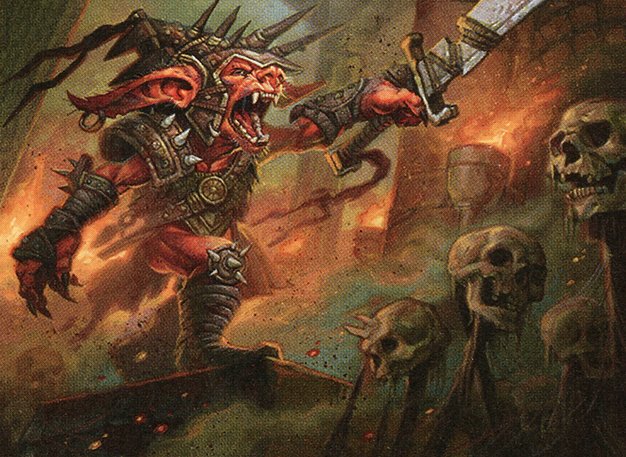
Rograkh, Son of Rohgahh
A midrange aristocrats-style deck using sacrifice outlets and token generation to gain value and finish with combos involving Razzie Cats and Leonin Relic-Warder.
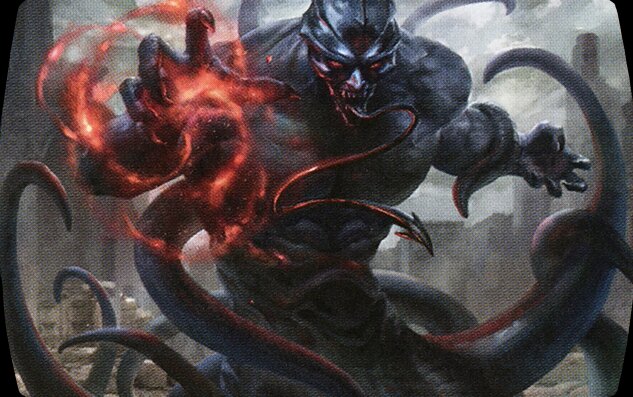
Tevesh Szat, Doom of Fools
A combo-control Abzan deck that uses reanimation and sacrifice synergies to generate value and win through aristocrat-style combos.
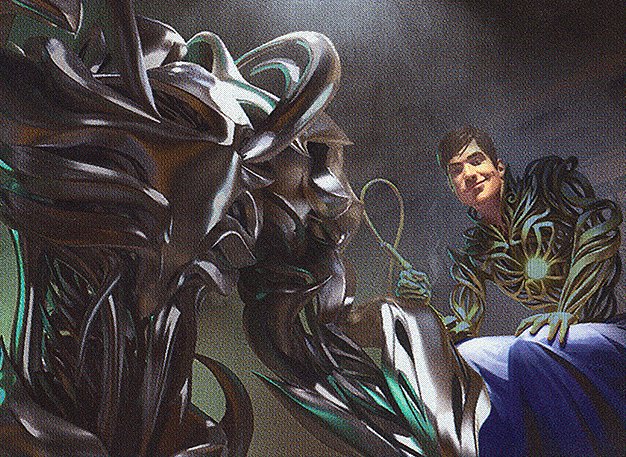
Silas Renn, Seeker Adept
An artifact-centric deck that leverages artifact recursion, bounce spells like Chain of Vapor, and Impact Tremors to create continuous incremental damage and disrupt opponents.
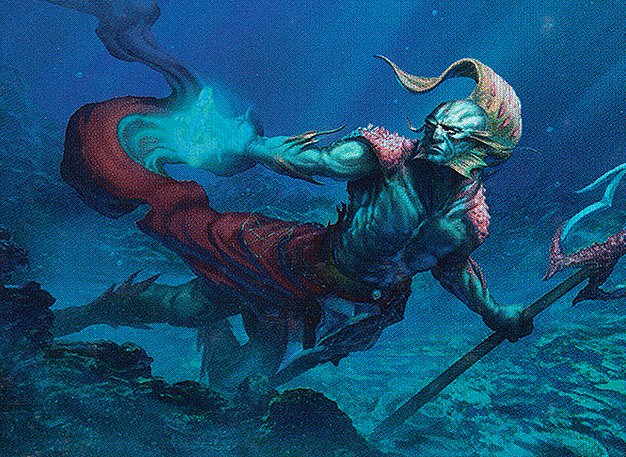
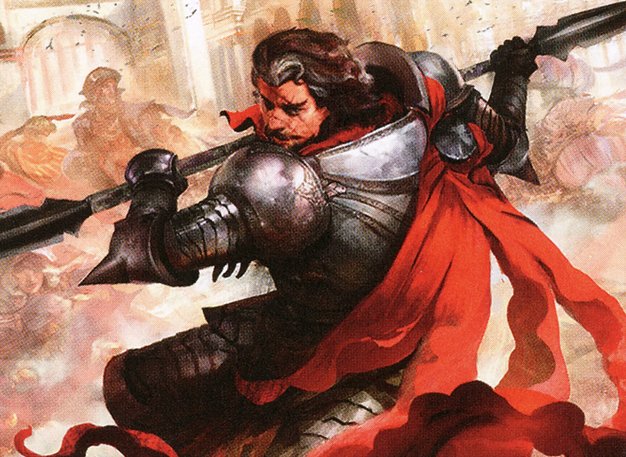
Thrasios, Triton Hero and Livio, Oathsworn Sentinel
A Bant infinite mana combo control deck that uses card draw, filter effects, and infinite mana combos like Village Bellringer to control the board and close out the game.
Gameplay Insights
- 1
The synergy between Mystic Forge and Scroll Rack allowed consistent manipulation of the top of the deck to filter draws and maintain artifact presence.
- 2
Using Chain of Vapor and its escape mechanic repeatedly to bounce key artifacts and enchantments created tempo advantages and disrupted opponent plans.
- 3
Elishnorn was aggressively targeted and removed early to prevent the aristocrat deck from snowballing.
- 4
Players leveraged sacrifice outlets on Tevesh Szat to draw cards and generate value while maintaining board presence.
- 5
Interaction-heavy plays, including timely use of Swords to Plowshare and Flusterstorm, were critical to countering key threats and combos.
- 6
The incremental damage from Impact Tremors combined with artifact recursion pressured opponents continuously, highlighting the importance of incremental value engines in cEDH.
Notable Cards
-

Tevesh Szat, Doom of Fools
-
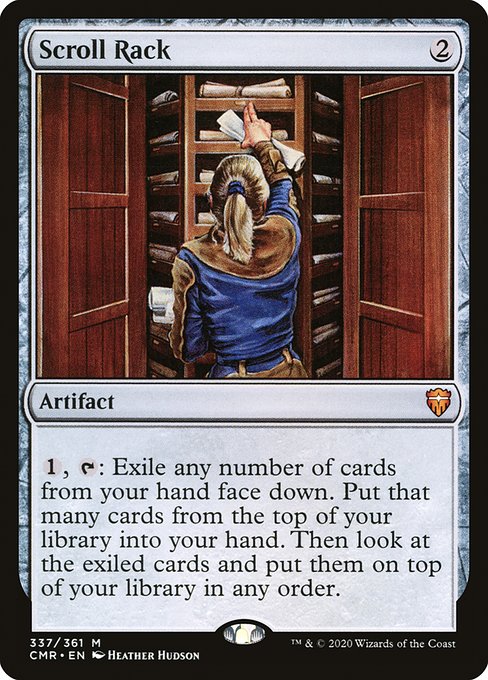
Scroll Rack
-
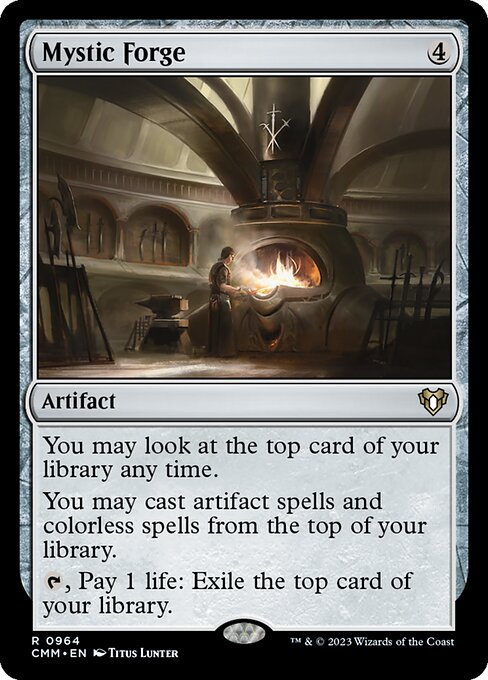
Mystic Forge
-
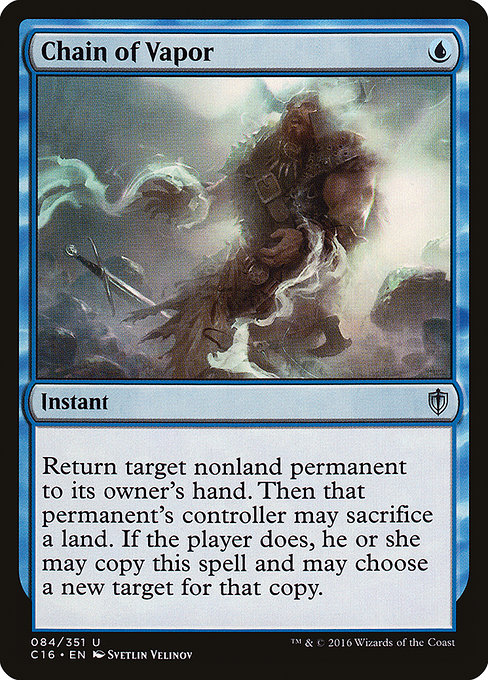
Chain of Vapor
-
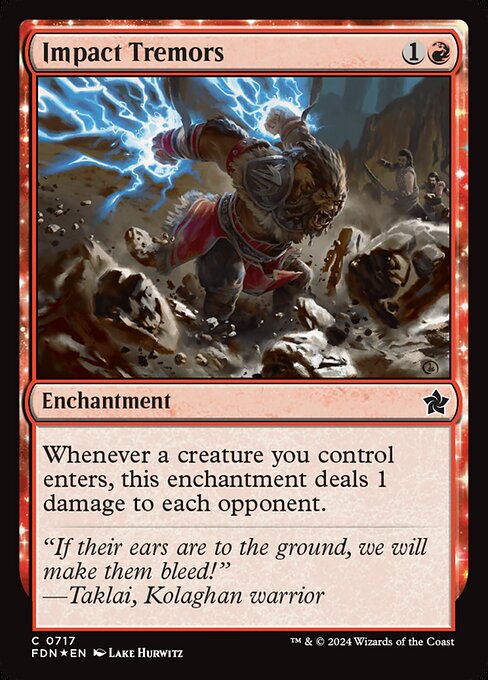
Impact Tremors
-
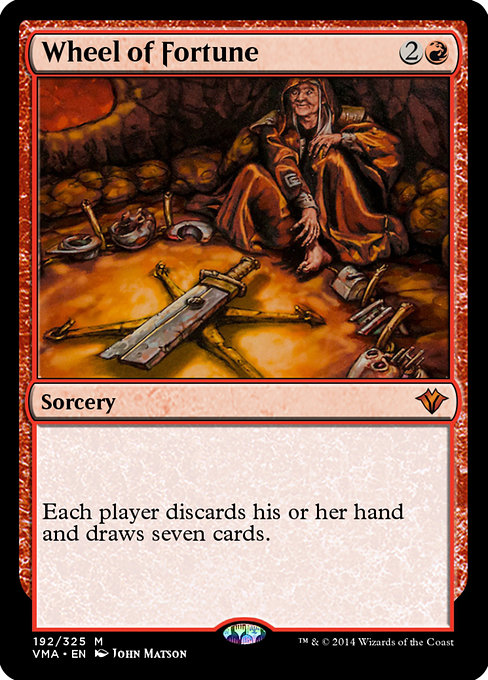
Wheel of Fortune
-
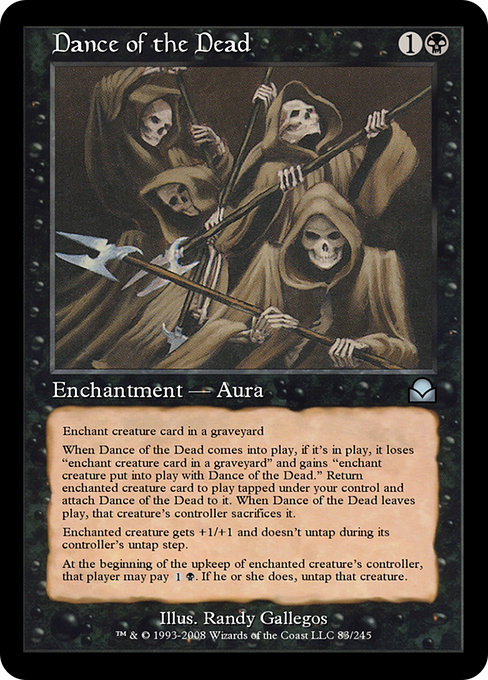
Dance of the Dead
-

Silas Renn, Seeker Adept
-
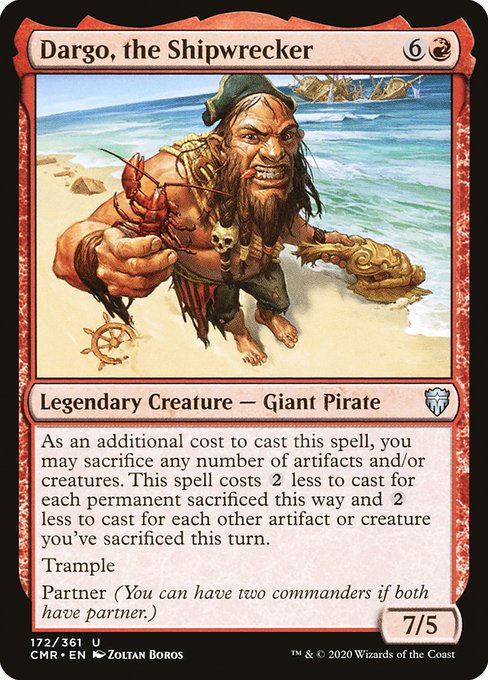
Dargo, the Shipwrecker
-
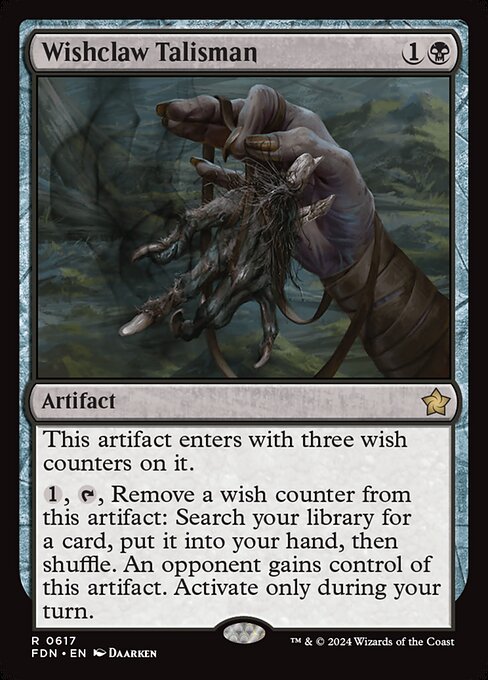
Wishclaw Talisman
Gameplay Summary
The game began with all players ramping aggressively and setting up their respective strategies early.
Rograkh's player established a strong mana base with artifact acceleration and quickly deployed key threats like Tevesh Szat and Elishnorn, setting up a potent aristocrat-style board.
Meanwhile, the Silas Renn and Dargo deck aimed to leverage artifact synergies and impact tremors to generate incremental damage across the table.
The Thrasios-Livio deck focused on controlling the board and assembling infinite mana combos, utilizing pieces like Village Bellringer and Mystic Forge to manipulate draws and resources.
Midgame saw the Silas Renn player executing interaction-heavy plays, including bounce effects and removal to disrupt opponents' boards, notably targeting the Elishnorn combo to prevent runaway aristocrat wins.
The Rograkh player responded with sacrifice and token generation to maintain pressure while trying to protect their key pieces.
Key interactions involved chain of vapor and escape effects to reuse powerful cards and maintain tempo. The game evolved into a complex battle of resource management with players constantly responding to threats and trying to bait out counterspells or removal.
The Silas Renn deck's ability to chain bounce enchantments and artifacts, combined with Impact Tremors, created a steady stream of incremental damage that kept opponents on the defensive.
The Rograkh player tried to leverage polymorph-style effects and recursive sacrifice value to break through the defenses.
Meanwhile, the Thrasios-Livio deck looked for infinite mana lines and controlling plays but faced disruption from artifact-based removal and recursion.
The game showcased a delicate balance of attrition and combo potential, with players carefully sequencing plays to avoid overextension and maximize value from their graveyards and artifacts.
Ultimately, the game highlighted the importance of interaction and timing in a high-powered multiplayer setting, with the Silas Renn deck's versatility and artifact recursion playing a pivotal role in controlling the board state and applying pressure.



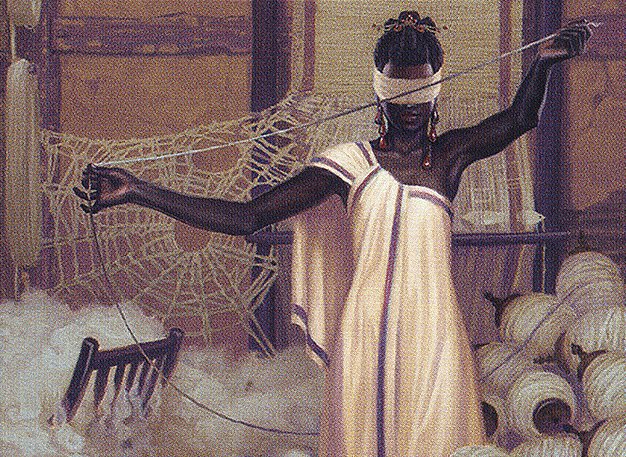



















![Commander VS S6E5: Sidar Kondo/Thrasios vs Ravos/Vial Smasher vs Tymna/Tana vs Ludevic/Kraum [MTG] thumbnail](https://i.ytimg.com/vi/LynU4jB9XLA/sddefault.jpg)





























